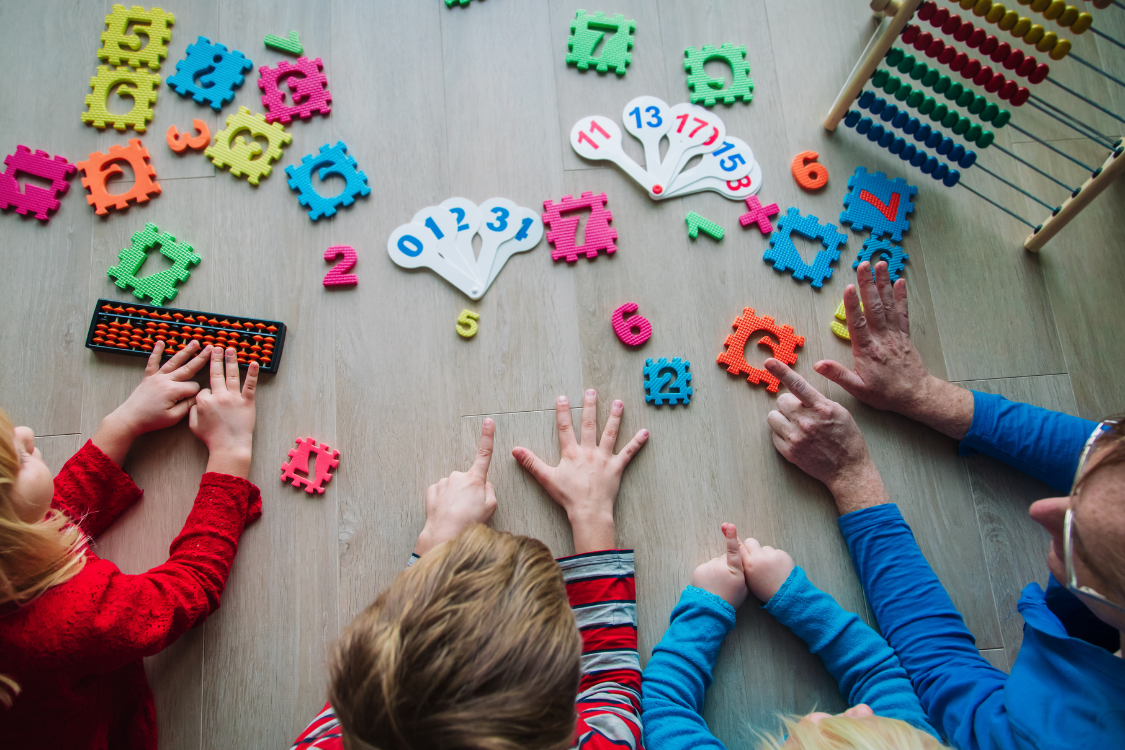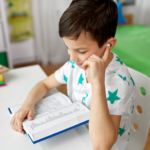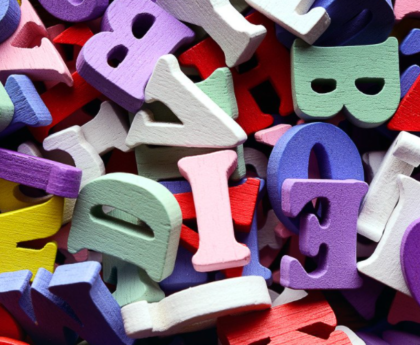Each child’s brain processes information differently. Universal Design for Learning (UDL) embraces this diversity, offering a revolutionary framework that can transform how we teach reading to young children.
What Is Universal Design for Learning?
Universal Design for Learning is an evidence-based educational framework that optimizes teaching and learning for all students. Rather than forcing children to adapt to rigid curricula, UDL flips the script by designing flexible learning environments that accommodate individual learning differences from the start.
The concept of UDL originated in the late 1980s, when researchers at the Center for Applied Special Technology (CAST) were inspired by universal design principles in architecture. Just as ramps and automatic doors benefit not only wheelchair users but also parents with strollers and delivery personnel, educational designs that remove barriers help all learners, not just those with identified learning differences.
UDL is built on the understanding that there are three primary neural networks involved in learning:
- Recognition networks (the “what” of learning) – how we gather and categorize information
- Strategic networks (the “how” of learning) – how we organize and express ideas
- Affective networks (the “why” of learning) – how we engage with learning and stay motivated
To address these networks, UDL follows three core principles:
- Provide multiple means of representation – presenting information in various formats
- Provide multiple means of action and expression – allowing children to demonstrate knowledge in different ways
- Provide multiple means of engagement – offering various ways to engage with content and sustain motivation
This approach is particularly valuable for early reading instruction, where traditional one-size-fits-all methods often leave many children behind.
Why UDL Matters for Early Reading Development
Reading is a complex skill that requires multiple brain systems working together seamlessly. Traditional reading instruction often assumes a uniform developmental path that simply doesn’t reflect reality. When children struggle with early reading, it’s frequently because the instructional methods don’t match their learning needs, not because they lack ability.
Consider these common scenarios:
- A child who struggles to decode printed text may excel when using a text-to-speech tool
- A child who becomes overwhelmed by busy classroom displays may thrive in a more visually calm setting
- A child who fidgets during read-alouds may absorb information perfectly while moving
UDL recognizes these differences as natural variations rather than deficits. By providing multiple pathways to develop reading skills, UDL helps more children succeed while reducing frustration and building confidence.
Implement UDL in Early Reading Instruction: Practical Strategies
Transforming your approach to teaching reading through UDL doesn’t require a complete overhaul of your methods. Instead, it involves thoughtfully expanding options within your existing practice. Here are practical strategies organized around the three UDL principles:
Multiple Means of Representation: Diversify How Reading Content Is Presented
Traditional reading instruction often relies heavily on visual processing of print. UDL expands this approach by presenting reading content in multiple formats:
- Provide both digital and print texts: Digital texts can be customized (larger font, different backgrounds, text-to-speech functionality) while physical books offer tactile experiences.
- Use multisensory phonics instruction: Combine visual letter recognition with physical movements, tactile materials, and sound patterns. For example, children might trace sandpaper letters while saying sounds, use body movements to represent different phonemes, or sort objects by beginning sounds.
- Create print-rich environments that reflect diverse identities: Ensure classroom materials represent various cultures, languages, and family structures so all children see themselves in literacy materials.
- Support vocabulary development through multiple channels: Pair new words with images, gestures, real objects, and contextual examples rather than relying solely on definitions.
- Offer content through various media: Supplement traditional books with audiobooks, videos, manipulatives, and interactive digital materials to reinforce reading concepts.
Multiple Means of Action and Expression: Diverse Ways to Demonstrate Reading Skills
Traditional reading assessments often focus narrowly on oral reading or written responses. UDL expands how children can show what they know:
- Provide options for responding to reading: Allow children to draw pictures, create models, record audio responses, or act out stories to demonstrate comprehension.
- Offer choice in reading practice formats: Some children might prefer partner reading, others independent reading with whisper phones, and still others might benefit from recording and listening to themselves read.
- Use assistive technologies when beneficial: Text-to-speech tools, reading pens, or speech-to-text software can support children with specific needs while developing core literacy skills.
- Implement flexible grouping strategies: Alternate between whole class, small group, pairs, and individual work to give children various ways to engage with reading tasks.
- Create scaffolded opportunities for expression: Provide sentence starters, graphic organizers, or word banks that can be used optionally by children who need support.
Multiple Means of Engagement: Foster Reading Motivation and Persistence
Even the best instructional methods fall flat if children aren’t engaged. UDL addresses this crucial aspect of learning:
- Connect reading to children’s interests and experiences: Offer choice in reading materials and topics, ensuring diverse options that reflect children’s lives and passions.
- Balance structure with autonomy: Provide clear learning goals while allowing children some control over how they reach those goals.
- Create collaborative reading experiences: Design activities where children read together, discuss books, or create joint projects related to reading.
- Develop a growth mindset culture around reading: Emphasize that reading skills develop with practice and effort, celebrating progress rather than just achievement.
- Minimize threats and distractions: Create supportive reading environments where mistakes are viewed as learning opportunities and where sensory needs are accommodated.
The Research Behind UDL for Reading Instruction
The effectiveness of UDL in supporting early reading development is backed by a growing body of research. A study published in the Journal of Educational Psychology found that classrooms implementing UDL principles showed greater improvements in reading fluency and comprehension compared to traditional instruction, with particular benefits for struggling readers.
Research has consistently shown that UDL principles align with best practices in literacy instruction. For example, the National Reading Panel identified five essential components of effective reading instruction: phonemic awareness, phonics, fluency, vocabulary, and comprehension. UDL enhances the delivery of these components by ensuring they’re accessible to all learners through multiple pathways.
Address Common Concerns About UDL Implementation
While the benefits of UDL for reading instruction are clear, educators and parents often have questions about practical implementation:
“Doesn’t offering choices mean lowering standards?” UDL actually maintains high expectations for all learners. The goals remain consistent—it’s the paths to achieving those goals that vary. For example, all children should develop strong comprehension skills, but some might demonstrate that comprehension through discussion, while others might create visual representations.
“Won’t this approach take more time and resources?” Initially, setting up UDL-friendly reading instruction may require additional planning. However, many educators report that this investment pays off through reduced behavior issues, less time spent on remediation, and more efficient learning as children engage with methods that work best for them.
“How do I assess reading skills in a UDL classroom?” UDL encourages flexible assessment that focuses on the learning goals rather than the means of demonstration. For reading, this might mean allowing a child to demonstrate comprehension through discussion rather than writing, while still holding them to high standards for the quality and depth of their understanding.
“Will this prepare children for standardized reading assessments?” Research shows that children who learn in UDL environments often perform better on standardized measures because they’ve deeply engaged with content and developed stronger metacognitive skills. By providing multiple pathways to mastery, UDL helps more children achieve proficiency in essential reading skills.
Get Started with UDL in Your Reading Instruction
Implementing UDL doesn’t mean redesigning your entire approach to teaching reading overnight. Start with these manageable steps:
Examine your current reading instruction for potential barriers
- Are there children who consistently struggle with certain formats or activities?
- Could some instructional materials unintentionally exclude certain learners?
- Where do engagement and motivation seem to drop?
Introduce options gradually
- Start by adding just one alternative way to access content or demonstrate learning
- Build your collection of diverse reading materials over time
- Experiment with flexible seating and learning space arrangements
Involve children in the process
- Ask them what helps them learn best
- Teach them to advocate for their learning needs
- Guide them in reflecting on which strategies help them succeed
Focus on goals rather than methods
- Clarify the essential reading skills you’re targeting
- Separate these goals from the specific methods used to achieve them
- Evaluate success based on skill development, not adherence to a particular approach
How Reading.com Supports Universal Design for Learning
At Reading.com, we incorporate UDL principles into our evidence-based reading program, ensuring that every child can develop strong reading skills in ways that work for their unique learning profile. Our approach offers:
- Multiple representation formats for phonics patterns and vocabulary
- Diverse ways for children to practice and demonstrate reading skills
- Engaging, personalized paths through essential reading content
- Supportive features that can be activated as needed
- Progress monitoring that focuses on skill development rather than specific methods
By combining the flexibility of UDL with the structure of systematic reading instruction, our program helps more children experience success in their reading journey, building both skills and confidence along the way.
Ready to implement Universal Design for Learning principles in your reading instruction? Start your 7-day free trial of the Reading.com app today and discover how our flexible, evidence-based approach can support your child’s unique reading development.





